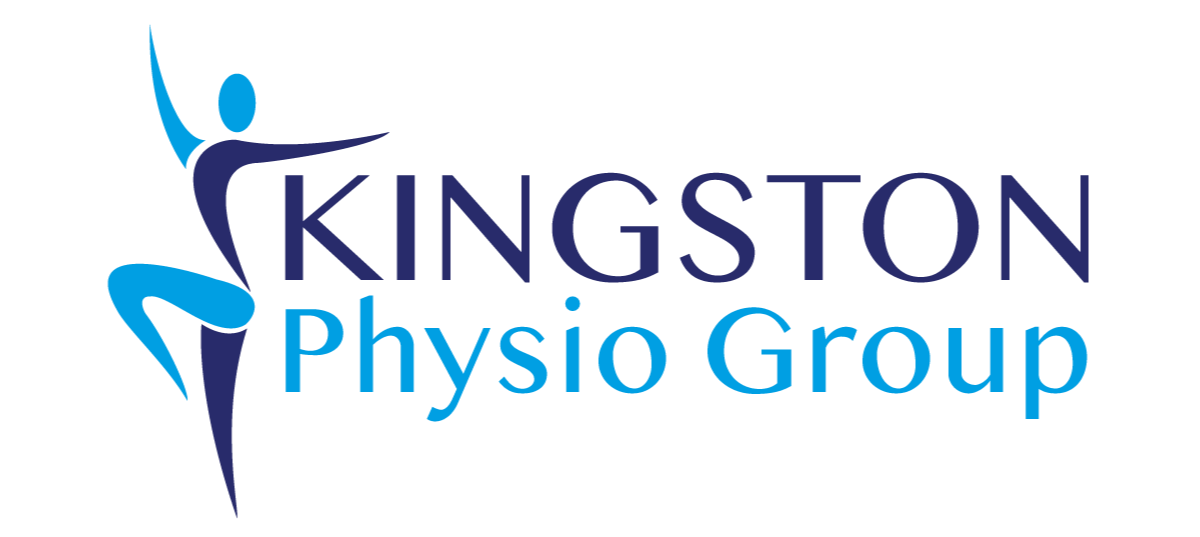Explanation:
Shin pain is a common complaint amongst athletes and in particular distance runners. The term “shin splints” has been used to describe pain in this region, but it is somewhat misleading as it does not accurately describe the problem. The correct medical term for this pathology is “medial tibial periostitis”, also known as medial tibial stress syndrome, which refers to inflammation at the insertion of leg muscles (tibialis posterior and soleus) to the inside edge of the tibia in the lower leg (shin bone).
Causes:
Other causes of shin pain can include:
- abnormal biomechanics such as overpronated feet (flat feet) and motor imbalance such as tight calf muscles predispose some individuals to pain on the anterior or medial border of the tibia
- muscle strains
- tendinopathies
- stress fractures (incomplete fractures due to repetitive stress on the bone)
- compartment syndromes
- entrapment of the superficial peroneal nerve
- pain referred from the lumbar spine
The muscles of the lower leg are organised into compartments enclosed by inelastic connective tissues. When we exercise our muscles can swell by up to 20% of their volume. If these tissues enclosing the compartment are tight, pressure within the compartment rises significantly putting pressure on nerves and blood vessels. This leads to symptoms including pain, burning sensations, pins and needles, and numbness. Acute compartment syndromes are usually associated with trauma and it is an emergency condition as emergency surgical release is essential to avoid loss of blood flow to the extremity, which could lead to amputation.
Most shin pain is gradual onset and intimately related to a number of mechanical causes which if managed appropriately lead to successful recovery. Identification of factors precipitating shin pain and correction of faulty biomechanics when possible is paramount in order to treat shin pain effectively.
Treatment:
Physiotherapy treatment may include:
- soft tissue and manual therapy
- cryotherapy
- taping
- vacuum cupping
- stretches
See also - Jaw Pain, Shoulder, Elbow & Forearm, Wrist & Hand, Pelvic Pain, Hip & Groin, Thigh, Knee, Shin, Foot, Head & Neck, Upper Back/Thoracic Spine, Lower Back, Buttocks, Calf & Achillies Tendon, Ankle

